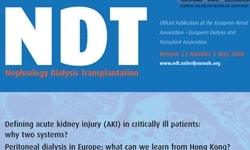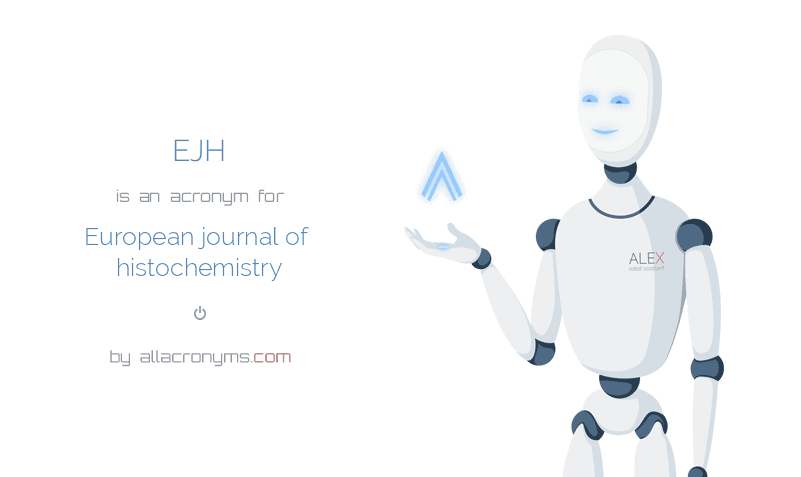
“We recently uncovered a signaling mechanism by which the endocannabinoid anandamide mediates the action of oxytocin, a neuropeptide that is crucial for social behavior, to control social reward. Oxytocin signaling has been implicated in autism spectrum disorder (ASD), and social reward is a key aspect of social functioning that is thought to be disrupted in ASD. Therefore, as a proof of principle for the core component of ASD—social impairment—we tested an endocannabinoid-enhancing compound on two widely studied mouse models of ASD, the BTBR and fmr1−/− (model of Fragile X Syndrome).
Remarkably, we found that FAAH blockade completely reversed the social impairment in both mouse models. CB1 receptor blockade prevented the prosocial action of FAAH inhibition in BTBR mice.
The results suggest that increasing anandamide activity at CB1 receptors improves ASD-related social impairment and identify FAAH as a novel therapeutic target for ASD.








